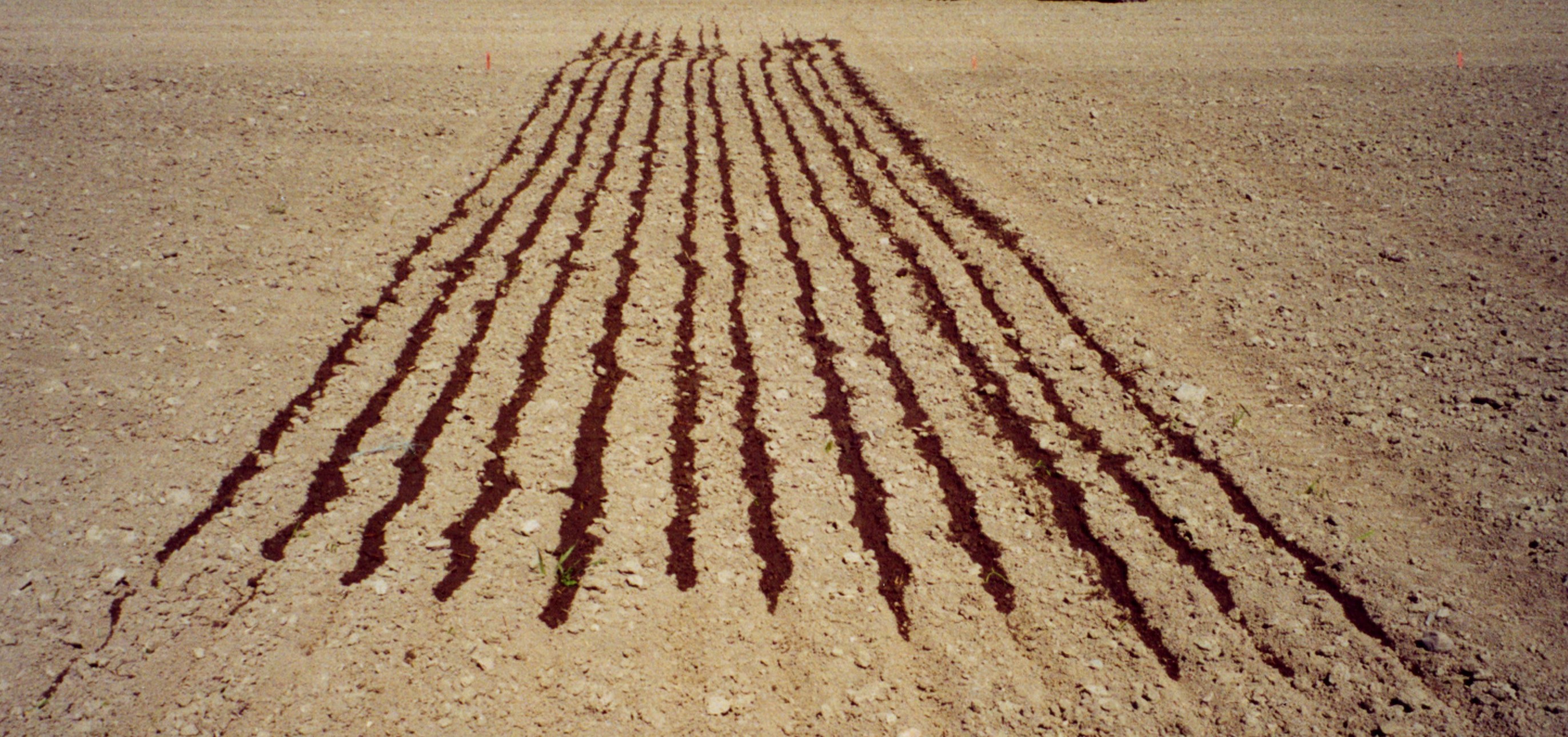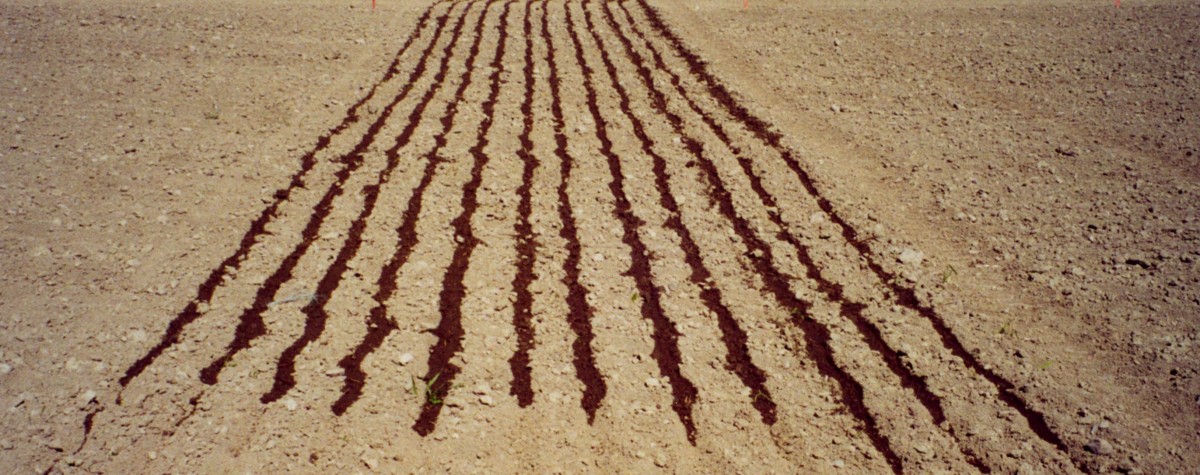New review on regulation and voluntary measures on manure fertilization in the Baltic Sea Region
Manure Standards, one of the projects on the SuMaNu platform, has made an overview of legislation and voluntary actions regulating manure fertilization in the Baltic Sea Region. In the EU member states, the Nitrates Directive and the Water Framework Directive aim to decrease diffuse water pollution from agricultural sources. These directives are integrated into the national legislation of each EU member state which means that even though the directives set a certain level of regulation, they are differently adopted in the different countries. Russian Federation has also its own set of regulations.
The report of the survey presents international regulation and the country specific regulation and gives then a more detailed picture of each riparian country.
The EU member states follow the maximum limit of nitrogen fertilization as set by the Nitrate Directive. However, the Directive applies to nitrate valuable zones (NVZ) but the countries differ significantly on how big an area has been designated as nitrate valuable – the whole country or just few areas.
There are also big differences on regulation on phosphorus fertilization. While all the scrutinized countries have agreed to the HELCOM limitation, not all countries have implemented the limit. Some of the countries have no regulation for manure phosphorus use but the phosphorus is limited only via nitrogen limitation.
Most of the countries have created different agro-environmental schemes in order to support more precise fertilization.
The basis of manure fertilization regulation as well as more efficient usage of manure is the knowledge of the nutrient content of manure. There is a need for more uniform methods for determining the nutrient content. Manure Standards project aims to create joint and scientifically-based tools for determining manure quantity and quality. This report, edited by Sari Luostarinen and Johanna Laakso from the Natural Resources Institute Finland (Luke) is part of the Manure Standard project.
Link to the publication: http://urn.fi/URN:ISBN:978-952-326-876-0
Manure Standards project website: https://www.luke.fi/manurestandards/en/frontpage/


